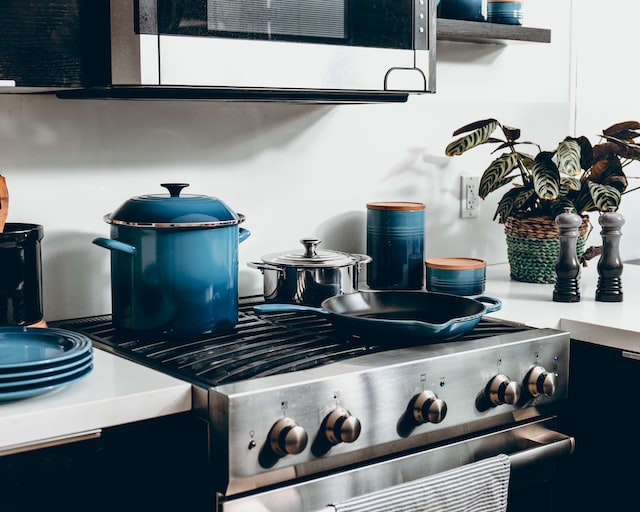In numerous recipes, a sauce or other liquid is required to boil and then simmer. However, it can be difficult to understand exactly what that means, given that most electric ranges do not have a “simmer” setting. The brief response is that “simmer” is not a setting, but rather a state slightly below boiling. These suggestions will help you simmer properly and determine whether to employ simmering in the cooking process.
Contents
Boiling and Simmering
When water reaches a temperature of 212 degrees Fahrenheit, it begins to boil. However, a simmer is not a vigorous boil, therefore the temperature is closer to 180 to 205 degrees Fahrenheit, depending on the dish being prepared. While boiling is distinguished by huge bubbles and the emission of steam, simmering is typically characterised by an abundance of many smaller bubbles. Liquids that are prone to scalding, such as sauces or liquids containing milk or cream, typically require lower temperatures, and it may be more difficult to determine when a dish has reached a simmer.
Discovering “Simmer” on the Stove
Due to the fact that each burner or range warms differently, you will need to experiment to determine how to simmer a meal in your kitchen. A medium-high setting is typically excessive, but on some stoves, even a medium setting can drive a meal from simmering to boiling. Still, medium is usually sufficient for most simmering liquids, although medium-low or even low is typically required for those that may burn or scald. Observe the liquid while it simmers to verify that it continues to create little bubbles. Some dishes, such as pasta, may not cook correctly otherwise.
What Kinds of Foods Need to Simmer?
Rice, couscous, quinoa, soups, vegetables, potatoes, sauces, difficult meats, stocks, and any dish that requires braising typically require a simmer. Some desserts, baked products, and sweets may even require boiling to create. Some liquids, such as those containing milk or cream, can quickly scald or even boil over, necessitating continuous stirring to maintain a simmer. When preparing such dishes, take care to maintain a tight watch.
Simmering and Poaching
Now that you understand the distinction between boiling and simmering, you should also be aware of the distinction between simmering and poaching. While poaching is less prevalent in recipes than simmering, it is nonetheless frequently used with egg dishes and certain types of vegetables. If a recipe instructs you to poach a food, the water temperature should be around 140 degrees Fahrenheit less than boiling or simmering. This appears to be little bubbles at the bottom of the pot that are not rising as they would in a simmering situation.
The Daily Buzz combines the pursuit of interesting and intriguing facts with the innate human desire to rank and list things. From stereotypical cat pictures to crazy facts about the universe, every thing is designed to help you kill time in the most efficient manner, all while giving you something to either laugh at or think about!
